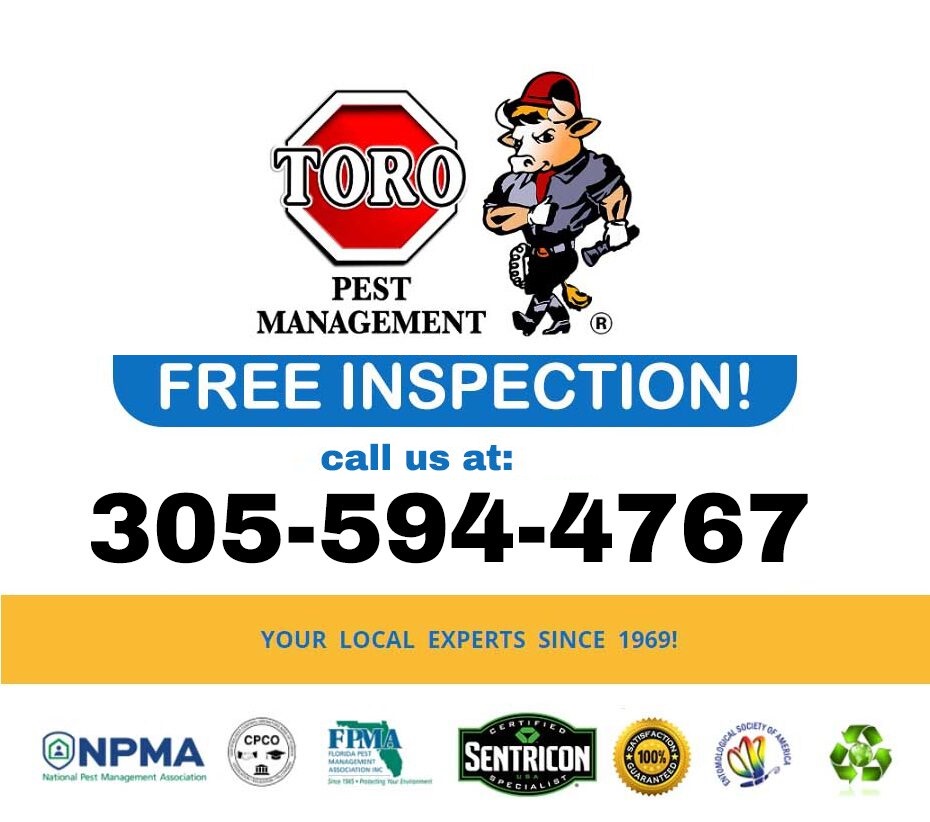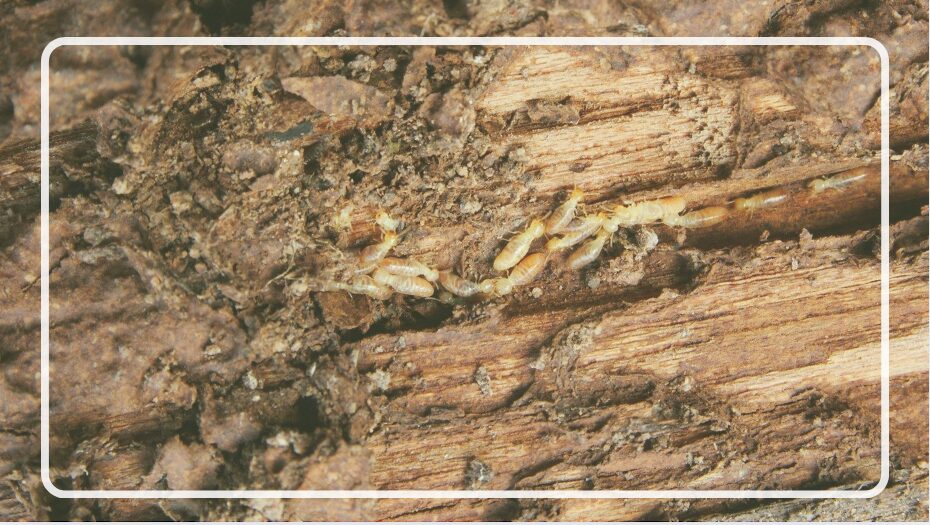Termites are often called “silent destroyers” for a good reason. They can infest a tree and cause significant internal damage long before any outward signs become obvious. If you’re wondering whether your tree might have termites, it’s important to recognize the subtle indicators early to prevent serious harm.
Early Warning Signs to Watch For
One of the first signs that termites may be targeting a tree is the appearance of mud tubes around the trunk’s base. Subterranean termites build these thin, brown tunnels to protect themselves from sunlight and predators as they move between the soil and their food source. Finding mud tubes at the roots or lower bark of a tree is a strong red flag.
Another clue is hollow-sounding wood. If you tap on the trunk and it sounds hollow instead of solid, termites could already be consuming the interior. As they eat away the inner wood, the tree weakens from the inside out, even though the outer bark might still look relatively intact.
You may also notice bark damage or peeling. As termites feed beneath the surface, they can disrupt the flow of nutrients and water inside the tree, causing the bark to split, blister, or fall off in sections. Over time, branches may begin to die back suddenly, leaves may become sparse, and new growth may slow or stop entirely.
Finally, watch for swarms. At certain times of the year—especially in spring or after rains—termite colonies produce winged reproductive termites called alates. If you see swarms of small, winged insects around your trees, or find discarded wings near the trunk, it’s a strong sign that a termite colony is active nearby.
Risk Factors That Make Trees Vulnerable
Not all trees are equally attractive to termites, but several conditions increase the risk of infestation. Trees suffering from drought stress, mechanical injuries (like lawnmower damage to the bark), or fungal infections create easier access points for termites. Excess moisture at the base of the tree, such as from heavy mulching or poor drainage, can also invite termites to set up colonies.
Trees located near older wooden structures, stumps, or previous termite activity are at particularly high risk. Once termites have established themselves in a tree, they can quickly spread to other trees or even nearby homes.
What to Do If You Suspect Termites
If you notice any of these warning signs or risk factors, it’s critical to act quickly. Early intervention can save a tree from collapse and prevent the termites from spreading to your house or other parts of your property.
Professional inspection is the most reliable way to determine if termites are present. Experts know exactly where and how to look, even detecting activity that’s invisible to the untrained eye. Integrated Pest Management (IPM) strategies—combined with solutions like the Sentricon® System—can eliminate the termite threat without harming the tree or surrounding environment.
Get Peace of Mind with Toro Pest
Don’t leave the health of your trees to chance. If you think termites might be at work—or just want to make sure—they best step is a professional evaluation.
Call Toro Pest today to schedule your free tree inspection. We specialize in protecting your trees naturally and safely, helping you preserve the beauty and safety of your landscape for years to come.
For fast and dependable termite control services look no further than Toro Pest Management. Since 1969, Toro’s has been a local, family-owned business committed to friendly service, effective solutions, and 100% customer satisfaction. We offer FREE INSPECTIONS! Besides we are one of the very few companies in Florida that is CERTIFIED as SENTRICON SPECIALIST.

Cities Covered:
Aventura, Bal Harbour, Bay Harbor Islands, Biscayne Park , Coral Gables, Cutler Bay, Doral , El Portal, Florida City, Golden Beach, Hialeah, Hialeah Gardens, Homestead, Indian Creek, Key Biscayne, Medley, Miami, Miami Beach, Miami Gardens, Miami Lakes, Miami Shores, Miami Springs, North Bay Village, North Miami, North Miami Beach, Opa-locka, Palmetto Bay, Pinecrest, South Miami, Sunny Isles Beach, Surfside, Sweetwater ,Virginia Gardens, West Miami among many other cities in South Florida.


0 responses to “How Do I Know If My Tree Has Termites?”